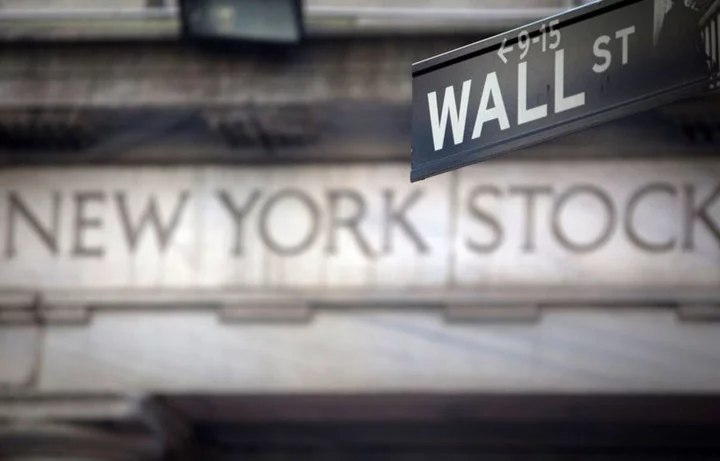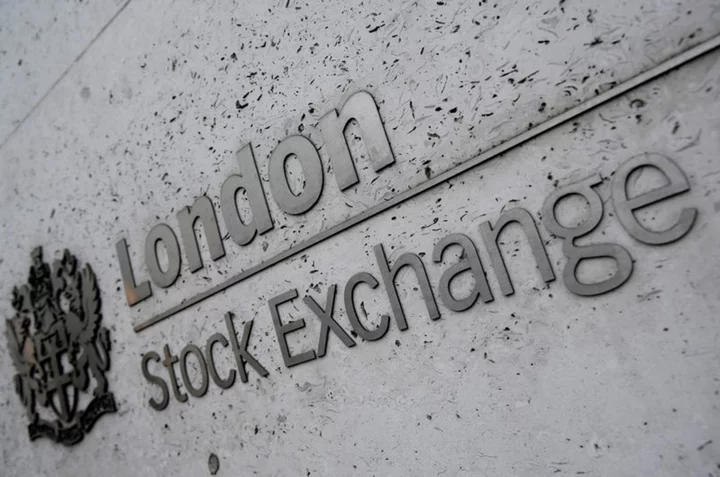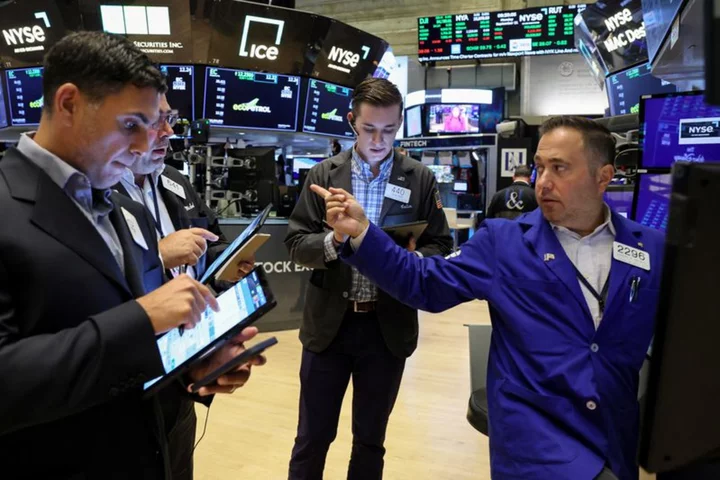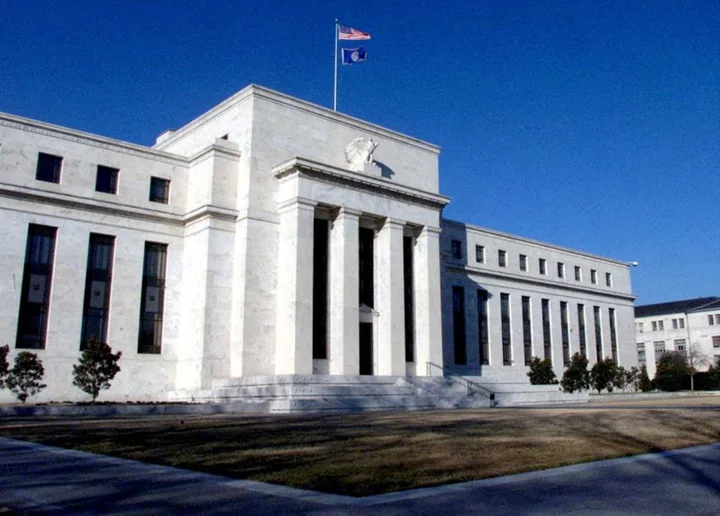A look at the day ahead in U.S. and global markets by Samuel Indyk
The second week of August looks set to begin on a slightly brighter note than the first, with U.S. futures signaling a higher open after Wall Street posted its biggest weekly drop since March's banking turmoil as back-end yields jumped.
Reverberations from the prior week's policy tweak from the Bank of Japan, a U.S. debt downgrade and an announcement by the Treasury that bond issuance was set to surge in the third quarter all sent longer-end bond yields to multi-month highs last week, in turn weighing on equity markets.
Data on Friday showing a slowdown in U.S. job growth provided some respite but analysts have sounded the alarm about the pace and size of the bond market moves.
"The sell off in back-end rates is concerning," Anshul Sehgal, Goldman Sachs co-head of U.S. rates trading, said in an emailed note to clients.
"In terms of Equities, they have been trading growth recently, rather than multiples, so unclear what the impact will be, especially as there are cross-currents both ways in terms of what this move means for GDP."
For now, the equity space is looking a little calmer.
Futures on Wall Street are signaling a slightly higher open, although European equities are shedding around 0.4% - playing catch up following a late drop on Wall Street on Friday - and Asian shares were a fraction lower on Monday.
The more upbeat Wall Street mood might be because a tightening in financial conditions could give the Fed another excuse to ease off the pedal when it comes to further tightening or even cut rates sooner.
"Overall, this should actually reduce the chance of another hike from the Fed, the material tightening in FCI's (financial conditions indexes) does some of the Fed's work for it, and if we see another 75bp sell-off then it might actually accelerate the process of them cutting back to neutral," Goldman's Sehgal said.
The dollar index, which fell to a one-week low after Friday's payrolls data, is up around 0.2%, benefiting from a weaker euro after German industrial production dropped more strongly than forecast in June.
Yields, meanwhile, are a touch higher across the U.S. curve, rising around 3-5 bps.
Attention this week is already turning to Thursday's critical U.S. CPI report for signs that disinflation has really set in after June's report showed the smallest annual increases in consumer prices for two years.
Meanwhile, the number of companies reporting earnings is set to slow sharply, with 33 S&P 500 and 55 STOXX 600 companies reporting this week, according to Deutsche Bank.
Key developments that should provide more direction to U.S. markets later on Monday:
* U.S. Employment Trends data
* Fed's Bostic and Bowman due to speak
* 3-month Bill auction
* Earnings from Tyson Foods, ONEOK
(Reporting by Samuel Indyk; Editing by Bernadette Baum)









